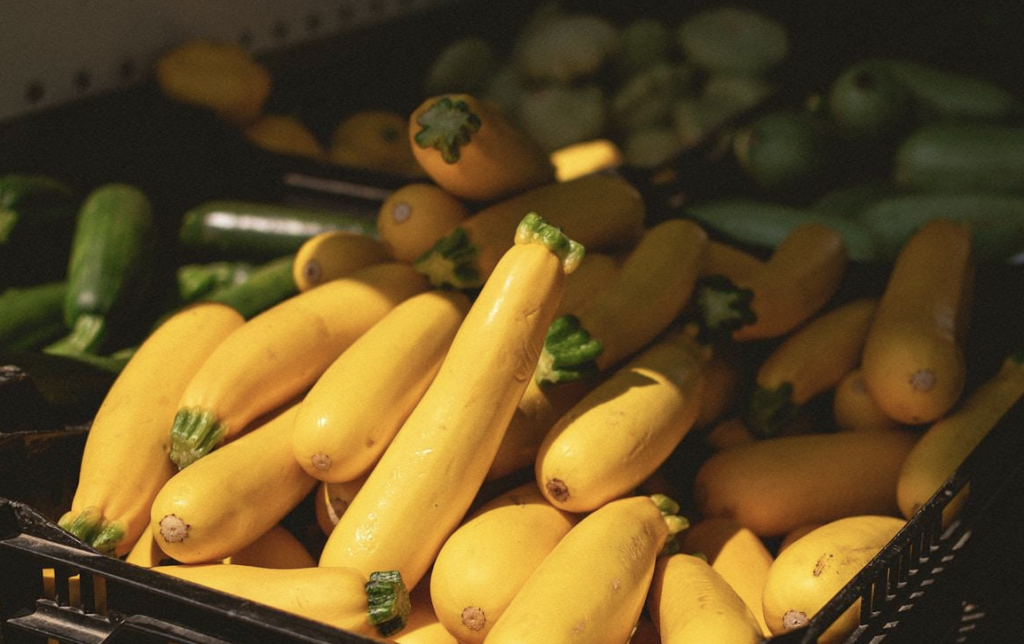
As summer begins to wind down, August brings unique opportunities and challenges for gardeners in USDA Hardiness Zones 5b-6a. This transitional month is a critical time to harvest, plant, and prepare for the coming seasons. Here’s a comprehensive guide on what you should be doing in your garden this August to keep it thriving and ready for the cooler months ahead.
1. Harvesting
August is a bountiful month for harvesting in Zones 5b-6a. Be sure to collect the following crops:
- Tomatoes: Pick tomatoes as they ripen and consider preserving them by canning, drying, or freezing.
- Cucumbers: Harvest regularly to encourage continuous production.
- Peppers: Pick both green and red peppers as they mature.
- Zucchini and Summer Squash: Harvest young and tender for the best flavor.
- Beans: Continue picking beans as they reach the desired size.
- Herbs: Harvest herbs like basil, thyme, and oregano before they flower for the best flavor. Dry or freeze them for winter use.
2. Planting Fall Crops
August is an ideal time to plant fall crops that can tolerate cooler temperatures. Consider planting the following:
- Leafy Greens: Lettuce, spinach, kale, and Swiss chard can be planted for a fall harvest.
- Root Vegetables: Carrots, beets, radishes, and turnips can be sown now for a late-season crop.
- Brassicas: Broccoli, cauliflower, and cabbage thrive in cooler weather. Start seeds indoors and transplant them outside as the weather cools.
- Cover Crops: Consider planting cover crops like clover or winter rye to enrich your soil and prevent erosion over the winter.
3. Garden Maintenance
- Weeding: Continue to weed regularly to prevent them from setting seed and taking over your garden beds.
- Watering: Ensure your garden receives adequate water, especially during dry spells. Early morning is the best time to water, allowing foliage to dry during the day and reducing the risk of disease.
- Mulching: Refresh mulch around plants to conserve moisture and keep the soil cool.
- Pruning: Remove dead or diseased branches from shrubs and trees. Pinch back herbs and flowering plants to encourage bushier growth and more blooms.
4. Pest and Disease Control
- Inspect Plants: Regularly check for signs of pests or diseases. Early detection is key to preventing widespread damage.
- Integrated Pest Management (IPM): Use IPM strategies such as introducing beneficial insects, using insecticidal soaps, and removing affected plants to control pest populations.
- Fungal Diseases: With cooler, wetter weather on the horizon, be vigilant about fungal diseases like powdery mildew. Improve air circulation around plants and apply organic fungicides if needed.
5. Preparing for Fall
- Composting: Start composting plant debris and kitchen scraps to create nutrient-rich soil for next year. Avoid composting diseased plants.
- Planning: Begin planning your fall garden layout. Consider what worked well this season and what didn’t, and plan accordingly for the next growing season.
- Transplanting Perennials: Late August is a good time to divide and transplant perennials like daylilies, hostas, and irises. Doing so will give them time to establish roots before winter.
6. Miscellaneous Tasks
- Seed Saving: If you have heirloom varieties, consider saving seeds for next year’s garden.
- Bird Feeders and Baths: Clean and refill bird feeders and bird baths to support local wildlife.
- Preparing Containers: If you have container plants, start thinking about how you’ll protect them from frost, such as bringing them indoors or using frost covers.
Conclusion
August is a busy month for gardeners in Zones 5b-6a, filled with harvesting, planting, and preparing for the cooler months ahead. By following these tips, you can ensure a productive and beautiful garden that will continue to flourish into the fall. Happy gardening!
